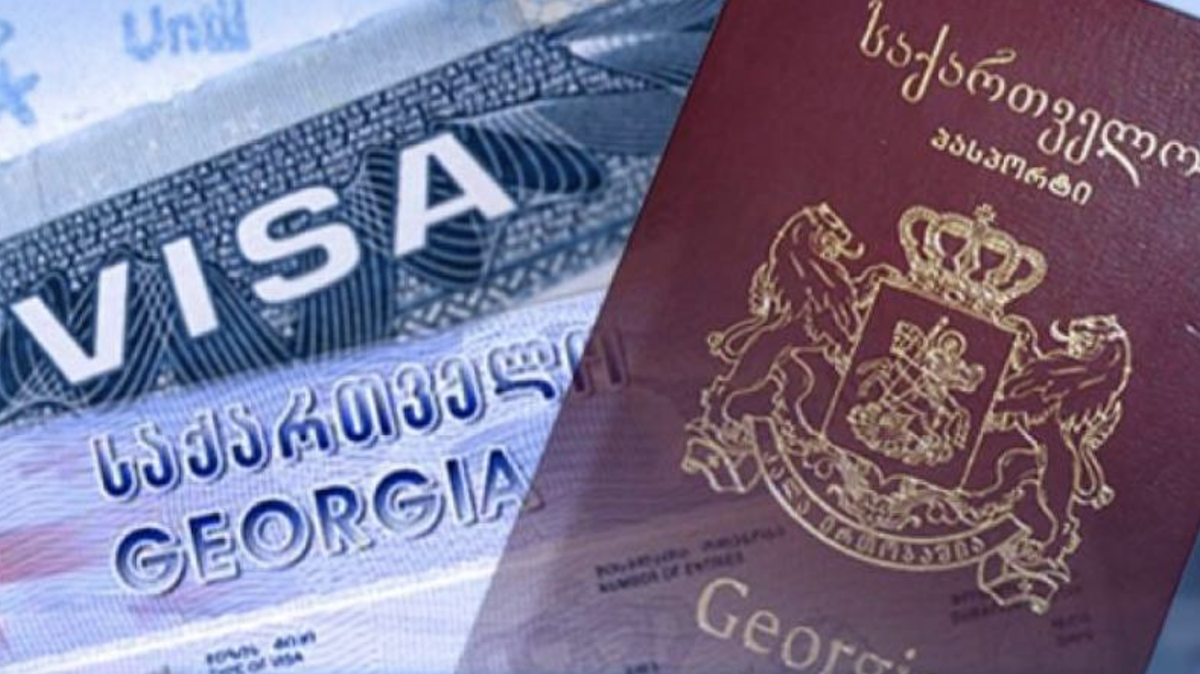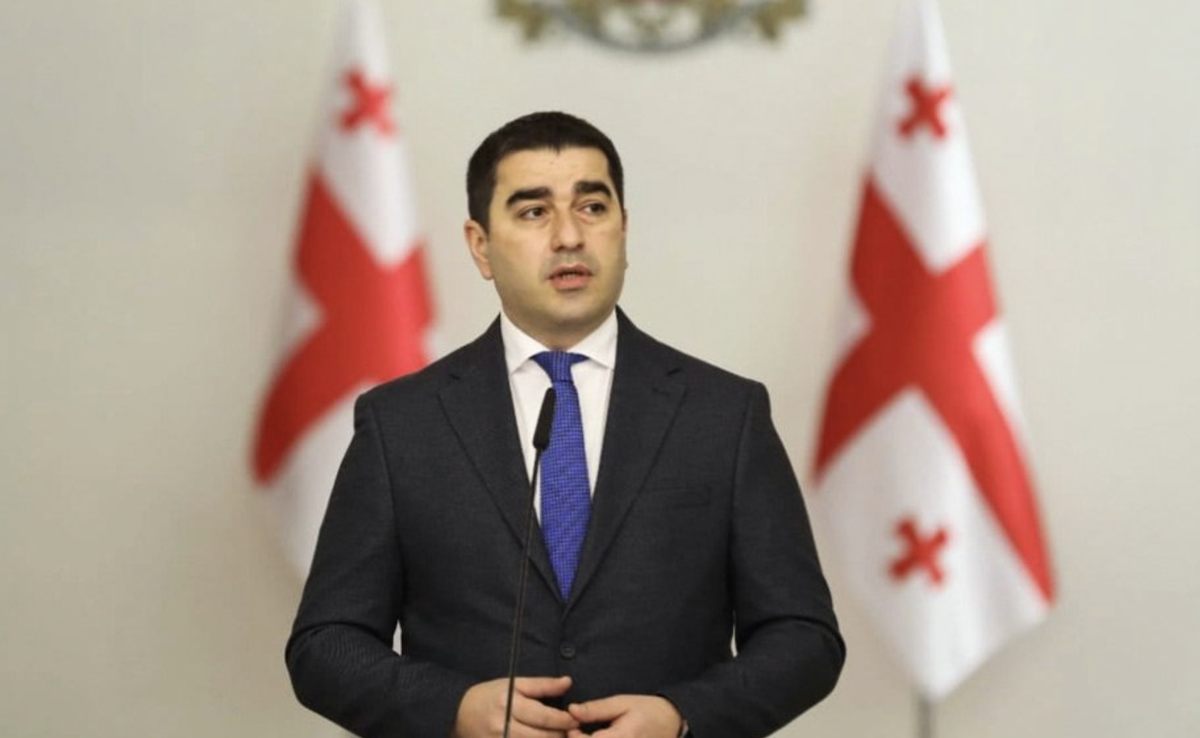Double-digit inflation and rising prices in Georgia: who is the most impoverished?
Double-digit inflation in Georgia

Georgians whose nominal income has not increased over the past year, or only by 10-12%, are now in a very difficult situation – they have become poorer due to inflation.
According to the latest data, inflation in Georgia has reached 12.9%, with little reason for optimism.
This is record inflation – the 2012-2020 high was in 2017 at 6%, when the fuel excise tax doubled. Last year, the average annual inflation rate reached 9.6%.
Inflation occurs in all economies, sometimes in a tolerable range of 1-2%, and sometimes to the point where the value of currency does not even cover the cost of printing it. Georgia has been in the latter stage in its history.
Today the Georgian lari is not on the path to “couponisation” [the coupon was a temporary currency in Georgia in the 1990s that depreciated at the pace of hyperinflation], but double-digit percentage increases in consumer prices still leave many without a livelihood.
► How expensive has life in Georgia become?
It is difficult if not impossible to say for sure. However, based on official statistics, life in Georgia has become more expensive:
● in the last year by 11.5%;
● from the beginning of the pandemic to now by 24.8%;
● in the last five years by 40%;
● since Georgian Dream came to power in 2012, by 63%;
● after the Rose Revolution by 174%;
● from the beginning of the century to the present day by 216%;
● since the first issue of the lari, that is since October 1995, by 417% – this means that at the time of issuance of lari, 1 lari had a greater value than 5 lari today.
What caused such dramatic inflation?
There are several reasons for the high inflation rate.
Fuel
The price of fuel is a major factor in inflation.
In 2020, as a result of the pandemic and regulation, Georgia’s economy contracted by 6.8% for the first time since 1994. In the same year, consumer prices in Georgia rose by 5.2%, though inflation was kept in check by falling oil prices.
Today gas is 145%more expensive, while diesel is 215% more expensive.
The rise in oil prices began in December 2020 with the advent of a vaccine and continued throughout 2021. In 2020, OPEC+ countries cut oil production by a record 10%, thus averting a collapse. However, as demand fell more than 10%, the price per barrel did not rise above $50 until December.
In 2021 on the contrary, with the ebb of the pandemic, demand increased and exceeded supply, which led to higher prices. Finally, in 2022, Russia unleashed one of the largest-scale wars on the European continent since World War II.
As a result, for the first time since 2014 the price of oil crossed the “psychological” barrier of $100, and for some time in March exceeded $130.
- Food prices are rising in Georgia, government blames Russian-Ukrainian war
- Poverty, inflation, Covid – what are Georgian people worried about according to NDI polls
To this should be added internal factors, primarily the price of the excise tax. Since 2017, the excise tax on gasoline in Georgia has increased to 500 lari (38 tetri per liter), and on diesel fuel to 400 lari (31 tetri per liter).
In addition to excise, fuel like all other goods is subject to VAT, which is variable – the higher the value of the goods after taking into account all costs, including operating costs, the higher the VAT.
So in 2022, according to a study by the anti-monopoly agency, the consumer will pay 1 lari for each liter of gasoline only for excise taxes and VAT.
For the second year in a row, political parties and initiative groups have been demanding the abolition or halving of the excise tax on fuel, with which the government categorically disagrees, citing a loss of budget revenues.
In 2021, the volume of imported gasoline amounted to 789 thousand liters, and the volume of imported diesel fuel to 664 thousand liters, which thus garnered a total of 597 million lari (excise and VAT combined).
Fuel is an extremely inelastic commodity – an increase in its price cannot reduce consumption, or reduces it only slightly. Along with transport costs, inflation is also affected by the rise in the cost of growing crops, especially when diesel has become more expensive than gasoline. Agricultural machinery, such as tractors or combines, normally use diesel fuel.
Wheat
Georgia is 100% dependent on fuel imports and 85-90% on wheat imports. According to Gruzstat, compared to the same period last year, the price of bread increased by 27%, and other baked goods by 29%.
The rise in the price of bread is connected to the rise in the price of fuel, while another and arguably more important factor is the Russian-Ukrainian war. These two countries account for 30% of wheat exports. Currently, 22 million tons of wheat are blocked in Ukrainian ports, which corresponds to the annual consumption of 100,000,000 people. After the agreement, the first Ukrainian ship with grain arrived in Turkey at the beginning of August.
Utility bills
Over the past eighteen months, not only fuel has risen in cost. Utility bills for electricity, natural gas and water have increased significantly.
In Tbilisi, the price of natural gas for individuals increased by 17%, and for entrepreneurs by 57%t. In the regions, the price of gas for individuals did not increase, while for entrepreneurs it increased by 45%.
While it is true that the price for individuals has increased relatively little, how will the entrepreneurs adjust when the price of natural gas rises from 86 tetri to 1.35 lari, or from 95 tetri to 1.38 lari per cubic meter? They will raise the cost of their products, of course.
In 2021, electricity rose in cost for individuals by 18-24% and for legal entities by 55-70%, water for household consumers by 16%, and for the commercial sector by 48%.
In an effort to take care of the consumer, the commercial sector pays 40% more for electricity, 150% for natural gas, and 1200% for water compared to individuals, but the difference is eventually covered by the consumer through the purchase of goods at an inflated price.
Who has been most impoverished?
Everyone feels inflation differently and its perception depends on different factors – whether someone has a car, uses tobacco products, takes medication, and so on.
In July 2022, consumer prices increased by 11.5% compared to the same period last year, though food became more expensive by 16.4%, according to Gruzstat.
The poorer the household, the greater the percentage of its income spent on food. In some cases, food costs can even exceed 70-80%.
For the poor, already paying 25% more for buckwheat, 27% more for bread and 30% for pasta, it will come as no consolation that the price of a camera has actually fallen by 10% or a vacuum cleaner by 7%.
Since January 2022, the minimum old-age pension in Georgia has actually increased by 20-25 GEL and amounts to 260 GEL for those under 70 years old, and 300 GEL for those over 70 years old. But pensioners will still be poorer because their 2021 pension had more purchasing power.
According to the Gruzstat inflation calculator, the purchase of goods and services for which 240 lari was enough in January 2021 will require 292 lari in June 2022, and the pension has increased to only 260 lari. The purchasing power of 275 lari was equal to 335 lari today.
Counting backward, 260 GEL today are equivalent to 214 nineteen months ago, and 300 are equivalent to 247 in 2021. That is, although pensions increased by 20-25 lari, their purchasing power decreased by 26-28 lari.
The result of all this is obvious: in 2020, 11.7%of the population, 432,000 people, received social benefits in Georgia; in January 2021, 14.4% of the population, or 532,000 people; and in July 2022, 18% of the population or 661,000 people.
Although according to the Ministry of Health the increase in the number of recipients of assistance is associated with a moratorium on checking on families during the pandemic, such a sharp increase can hardly be explained by the moratorium alone.
How Gruzstat manipulates the numbers
Part of the population is skeptical of statistics, believing them to be artificially low; but in fact, life has actually become more expensive compared to official data:
● From February 1, 2022, the cost of a metro ticket has doubled to one lari. Although preferential fares of 10 and 20 tetri have been preserved and subscription cards have been introduced, only a small part of passengers can afford to buy a subscription for half a year or one year. Consequently, travel for them has really become more expensive, while the Georgian State Statistics Service maintain that the fare has not changed.
● Official statistics also state that mobile tariffs increased by only 3.7%. Magticom, the leading mobile operator by number of subscribers, increased the price of unlimited talk time from 25 to 30 lari per month, a 20% increase, and the fee for weekly mobile internet from 5 to 9 lari, or 80%. The fee for a five-day internet package has also increased by 50% with Geocell. As for Beeline, they increased the fee for minutes by 40% from 10 to 14 tetri.
What is the government doing to curb inflation?
The National Bank of Georgia is responsible for maintaining price stability.
Over the past year and a half, the National Bank has gradually raised the monetary policy rate from 8 to 11%, as a result of which a loan tied to the refinancing rate has become more expensive for 190,000 people.
However, this was not the goal; the goal was for fewer people to take out new loans.
The conditions for issuing consumer loans have also been tightened – those whose salary is less than 1,500 lari (~$550) will no longer be able to pay more than 25% of their monthly salary for a loan, and starting August 15, 2022, the maximum term of a consumer loan will be reduced from four to three years.
Unlike price stability, contrary to popular misconception the exchange rate is not a direct prerogative of the National Bank. It obviously also affects inflation, but not much.
Between 2013 and 2019, the lari depreciated by 73% against the dollar, while consumer prices rose by only 29%; while over the past year and a half, the lari appreciated by 16%, but the overall price level officially increased by 22% for the same period. In the medium term, the strengthening of the lari can only slow down inflation. It is simply impossible to return to former prices en masse.
In fact, the government has more leverage on prices, but, on the pretext of a loss of budget revenues, it is not even looking at reducing the excise tax.
If you introduce a subsidy for bread or any other essential commodity, then prices can be lowered. But since the state does not have its own money and finances various programs from the budget, which in turn is replenished by taxpayers, the subsidy will be more like shifting citizens’ funds from one pocket to another, and thus not real assistance. Even if you reduce taxes only on certain products, transaction costs will be reduced, and the desired goal would be more easily achieved.
Double-digit inflation in Georgia


















